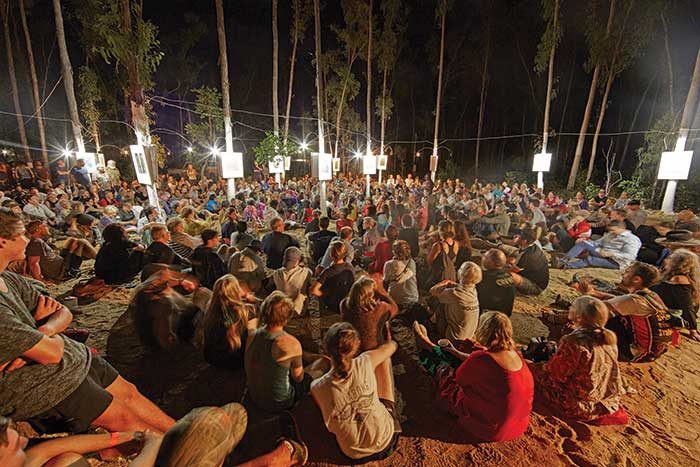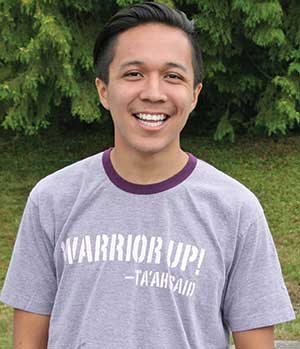Cultural similarities despite the distance
Jetlag, new experiences and tons of laughs took place this summer as 18 youth from Tsleil-Waututh Nation were given the chance to explore the world and become culturally-enriched by travelling to New Zealand and Australia.
After a long 14-plus-hour flight, we finally landed in the windy city of Auckland and travelled to Tauranga, just outside of the city. This is where our journey of discovery and knowledge would begin.
The Māori tribes were set to enlighten us with their culture and in return show us the importance that they place in their culture… and did they ever!
Our time with our friends in New Zealand was very well spent. We got to see first-hand how fluently the indigenous people spoke their tribes’ languages. Also, while we were there,
we were able to learn the haka (traditional Māori war dance), which the intimidating New Zealanders do exceptionally well.
We also had a ride in their traditional canoes, which are built similarly to ours in Canada, but are significantly sturdier and thicker. We were able to make arts and crafts that they originally used for combat, but now use for their traditional dancing.
With all of this said, and the differences distinguished, we easily found that we have far more similarities with the youth than we would have thought. Right off the bat, we laughed and goofed around, having a little dance-off for ice-breakers.
The Tsleil-Waututh youth often said: “Feeling just like family here” and described the Māori youth being “like old friends we haven’t seen for a while”.
With the comfort of feeling back at home with the Māori, you can imagine it was a tad difficult to say our goodbyes. We reluctantly left New Zealand, but brought with us valuable life skills that we will take into our future, including leaderships skills, how to engage an audience and how to properly teach our culture in a respectful and traditional way.
Next stop… Australia
Now was the time for us to truly explore. The Garma 2016 festival grounds were filled with a plethora of tribes and nations from all over Australia and with us Canadians free to explore it with open minds.
This is where the majority of our culture shock came into play. The new surroundings, temperatures, and people made all of us Canadians stick out like sore thumbs, especially whenever we spoke. This, however, enabled us to become more creative and outgoing to be able to socialize and learn from the locals.
The major differences we found between us and the Australians were: our accents, our tastes in food and our reactions to all of the HUGE insects.
However, this pales in comparison to the similarities we found, even with thousands of kilometres between us, all and the different contrasts in culture and the way we were each brought up.
We found we had the same tastes in music and in how much we value our cultures. Through meeting some Australian university students, we discovered that Canada and Australia share similar environmental issues, the problems with preserving our indigenous lands and the need for our traditional languages to not only survive, but thrive.
Through sharing and learning from each other, we learned and taught the ways we deal with these problems, how to stand up for our rights and how to be strong youth advocates.
The new experiences and discoveries did not stop there in the slightest. Day and night, we travelled around the festival discovering new heritage and hearing new beliefs; like why during their traditional dances some men and women would wear yellow and some red. It was all to do with culture and heritage.
The big monumental moment occurred on the main stage – a giant sand pit with all of the local tribes’ flags proudly displayed.
Tsleil-Waututh was invited to perform and sing our traditional dances and show what Canadians had to offer. The people were ever-so-grateful to see this new spectrum of Indigenous culture to the extent that one of the local tribes gifted us with a special gift.
It is how they gifted it towards us, though, that made all the memories. In full regalia and tribal paint, they sang and danced their way into the circle and to the beat of the song gave us a gift.
The ending days brought a tonne of refection for our youth. This new experience gave us a new view on what life back home will be like, on how we should deal with the issues our people face.
We became positive beings looking through multiple lenses and learned how to be accepting of people. In return, we can pass on this positivity and knowledge back home, regardless of the social issues we face.





